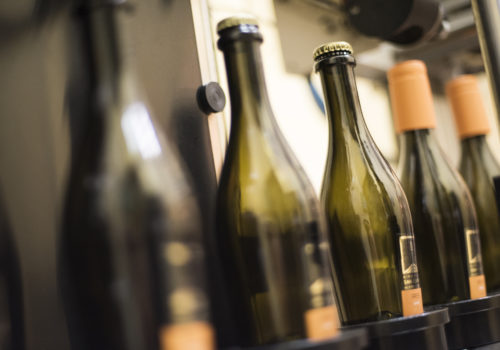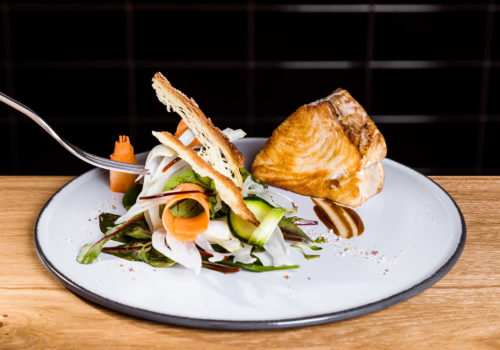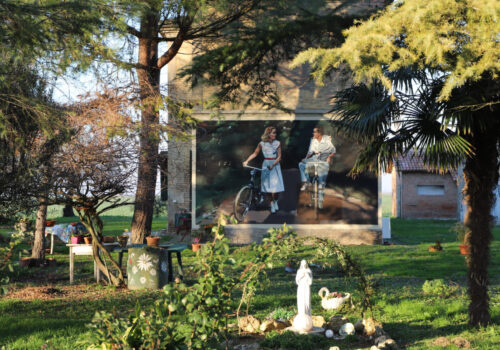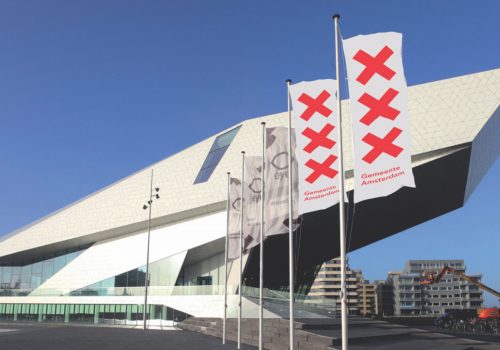The book goes beyond sustainability to embrace a new model based on a different conception of materials and a large accessible virtual archive
«ANYONE who believes that exponential growth can go on forever in a finite world is either a madman or an economist». This quote by Kenneth Boulding, an economist himself but also a poet, opens “Material Matters – L’importanza della materia” (Edizioni Ambiente), the book in which architects Thomas Rau and Sabine Oberhuber propose an alternative model to what they define as the “economics of over-exploitation”. A book characterized by a pragmatic approach, devoid of preconceptions or ideology, that begins with a consideration: the Earth is a finite system on which our presence is temporary, but the effects of our actions are not.
Rau, who presented his publication at the opening of a conference on circular building held in Rome last February 27th, repeatedly underscored that «circularity does not mean sustainability 2.0. It’s something completely different: while the latter seeks to optimize today’s model, the former gives rise to a new system. The sharing economy does not necessarily lead to reducing consumption. One example is New York, where “thanks” to Uber and similar applications, the number of automobiles has increased by 100,000 units.
But how can we begin the transition to a circular economy? The solution developed by the two designers takes place on two levels: one cultural and the other tangible. The former consists in a revolution in the way we conceive materials. «If products are offered simply as services, write Rau and Oberhuber, consumers will no longer be owners but merely buyers. Once the contract has expired, the materials of which an object is made are returned to the manufacturers. For businesses, this would mean extending their responsibility which would grow to encompass the entire life cycle of an artefact». Basically, what the two authors propose is a model defined as “Turntoo” in which the consumer pays for the service provided by the product which, unlike what happens now, remains the property of the producer. This way, producers would have every interest in guaranteeing the long life of an object, unlike what happens today. The authors of Material Matters underscore how this change in our approach would help to reduce waste, though it would not eliminate it entirely.
The materials passport would make it possible to inventory them ahead of time, allowing designers and builders to adapt their techniques so that the entire building may eventually be “dismantled“.
Thomas Rau
To achieve this ambitious goal, the book proposes the creation of what amounts to a “materials passport” with functions similar to an ID card, which specifies the characteristics of the material and allow it to be completely reused, preventing it from becoming waste material. «By applying this concept to a building, it would be possible for designers and builders to adapt their techniques so that the building could be completely “dismantled”. This would eliminate waste, with artefacts that could be recycled and reintegrated into a new production process without losing their value.
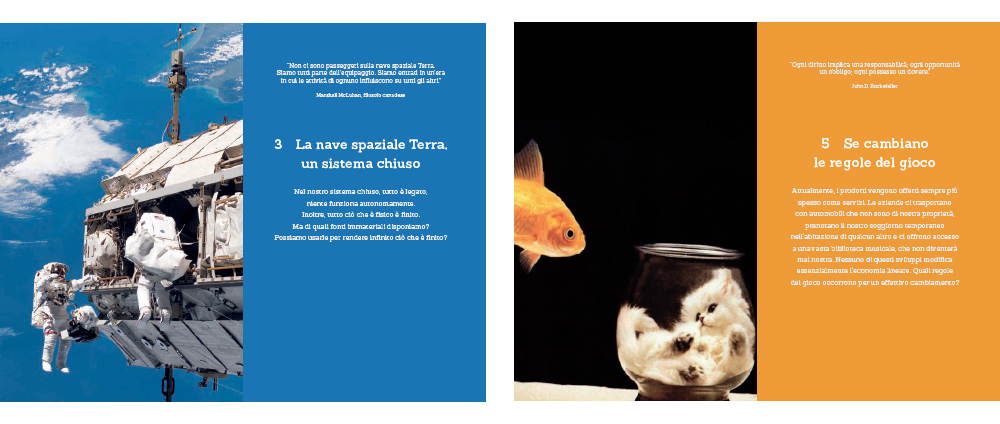
The last step? The Madaster (from the union of “cadaster” and “material”): a great virtual database, centralized and accessible, where all the public and private subjects in the field can register the identity and temporary location of the materials. And more. This is not a great but unachievable idea, because this vast archive already exists and is in constant evolution. The way it works is simple: if I have a well-developed project and I put it in the database, the software codifies it and returns an inventory of the materials required. It exists in 10 countries around the world, and in the Netherlands alone we have two million square feet of spaces already registered in the database. In Italy we are currently negotiating with Klimahouse in Bolzano to begin a collaboration across the nation».
How did this idea come about? «It all started with an insight that materials, like people, don’t have an identity, says Rau, until they get a passport. Once we worked out the elements that might define the characteristics of materials, we understood that we needed to create a container. A sort of “library” consisting of books that can be consulted, or when necessary, loaned out. The first project we developed using the Madaster was in 2011, a small town hall. And you know which company was first to visit this actual example of building circularity? Google».
© ALL RIGHTS RESERVED
translation by Olga Barmine


